|
Equipment
|
Principle
|
1
|
UV-Vis Spectrophotometers
|
The spectrophotometers can measure the composition of solid samples based on the theory of diffuse reflection. When the incident light falls on solid samples, some of the light will reflected from the surface of the solid samples, and some will penetrate to the solid samples. The penetrated light within the solid samples can be absorbed or reflected by the samples' molecules. Finally, the light reflects in different angles from the surface of the solid samples.
|

|
2
|
C/H/N/S Elemental Analyzer
|
CHN analysis is accomplished by combustion analysis. In this technique, a sample is burned in an excess of oxygen and various traps, collecting the combustion products: carbon dioxide, water, and nitric oxide. The masses of these combustion products can be used to calculate the composition of the unknown sample.
|
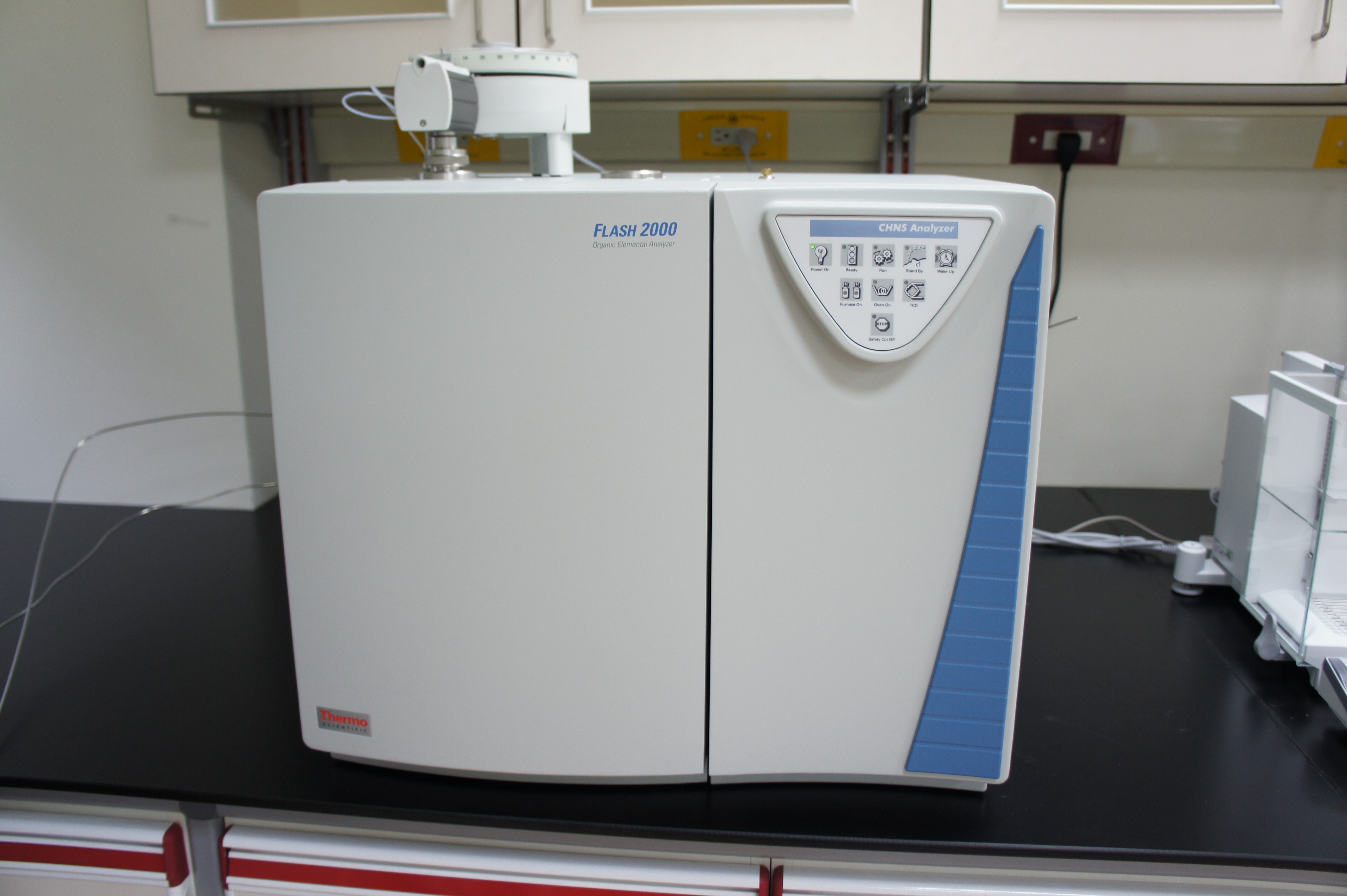
|
3
|
Laser Diffraction Particle Size Analyzer
|
Laser diffraction is used to measure the size distribution of the particles. It generates the scattering spectrum when particles of different sizes are in contact with the laser lights. The technique can provide a method of fast, precise and flexible testing for various samples. It is one of the most commonly used techniques.
|
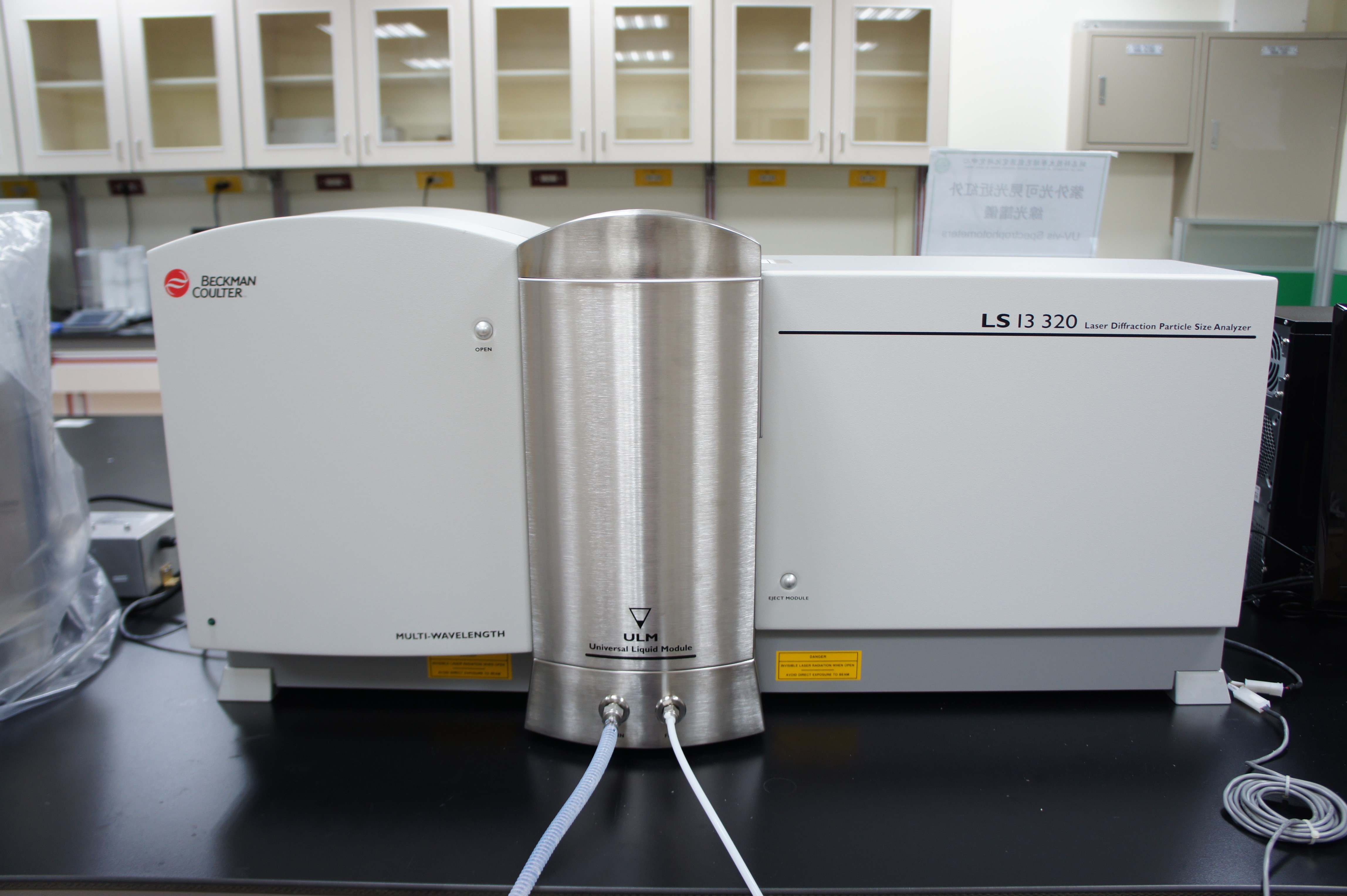
|
4
|
Surface Area and Porosity
|
Based on the property of gas adsorption on the solid surface at a certain pressure, the surface of the solid at an ultra-low temperature has a reversible physical adsorption with gas molecules. Its equilibrium adsorption capacity corresponds to a certain pressure. Typically, the specific surface area of the sample can be equivalently determined by the equilibrium adsorption capacity based on the theoretical models. Regardless of the irregularity of outer surface of the actual particles, the measured result is the total surface area of outer and inner pore surfaces the gas molecules can be adsorbed. Nitrogen gas is commonly used as an adsorbate due to its easy-to-acquire and good reversible adsorption characteristics. The specific surface area refers to "equivalent" specific surface area through the abovementioned gas-adsorption measurement.
|
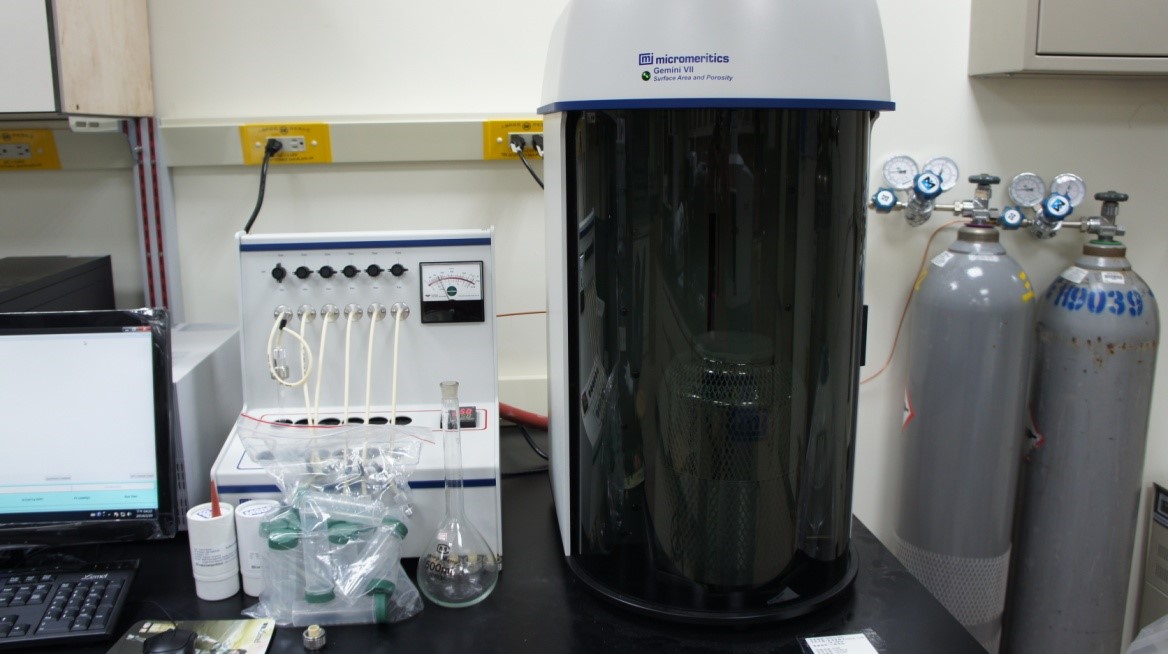
|
5
|
Thermogravimeric Analyzer
|
The main principle of TG is to place a sample in a temperature-programmable furnace for heating, cooling or thermostatic processes. The furnace is introduced into a fixed ambient gas (e.g., nitrogen or oxygen). As the sample is heated to its evaporation, pyrolysis or oxidation temperature, the weight loss of the sample occurs resulted from the evaporation, pyrolysis or oxidation processes. The material characteristics including pyrolysis, thermal stability, composition ratio, purity, water content, reduction and antioxidant activity can be determined by recording the weight variation of the sample with respect to temperature or time.
|
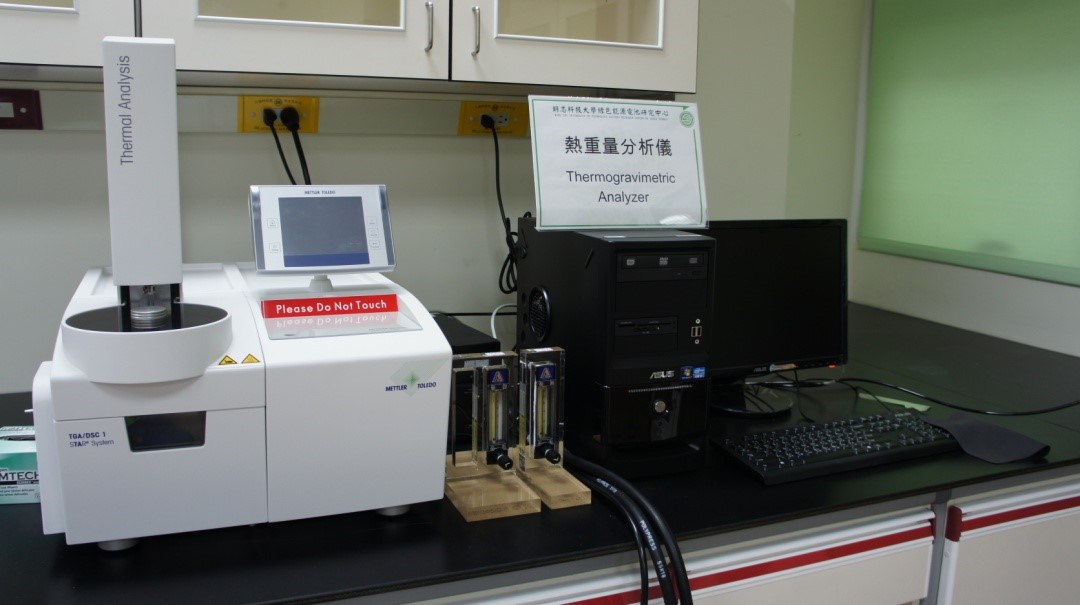
|
6
|
Inductively Coupled Plasma Optical Emission Spectrometry
|
For multi-element analysis of a sample in water, the liquid sample is first converted into a fine mist followed by introducing into the plasma area with a carrier gas. Simultaneously, the sample is heated via high-frequent inductively coupled plasma, so that a series of reactions occur such as solvent decomposition, atomization/ionization and excitation. The qualitative and quantitative analysis of each element in the sample can be evaluated by using CID to detect their specific emission spectra from excited atoms or ions of the sample elements.
|
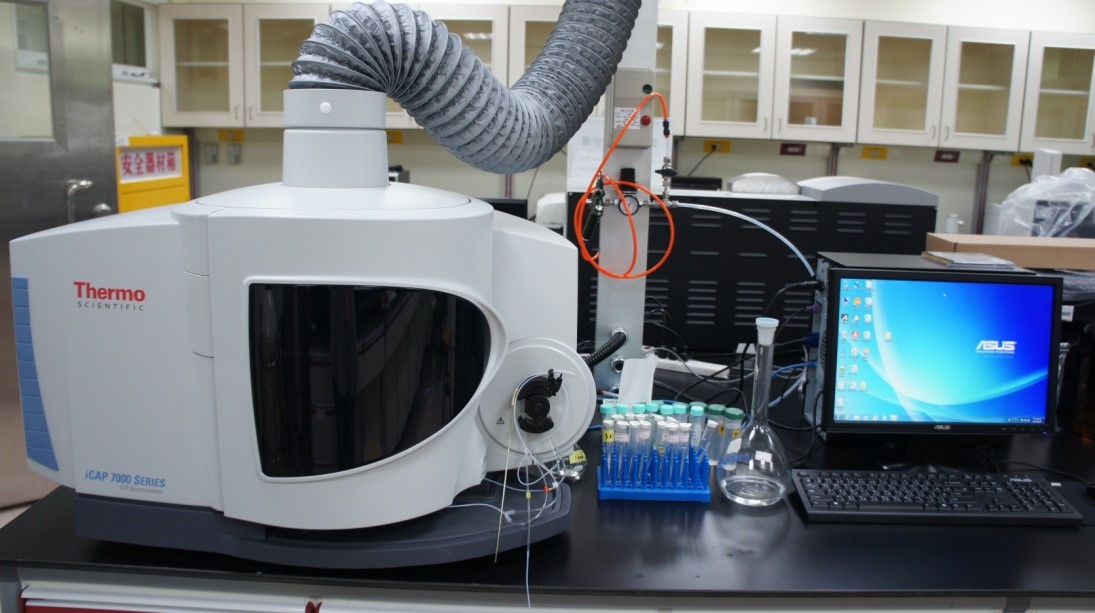
|









